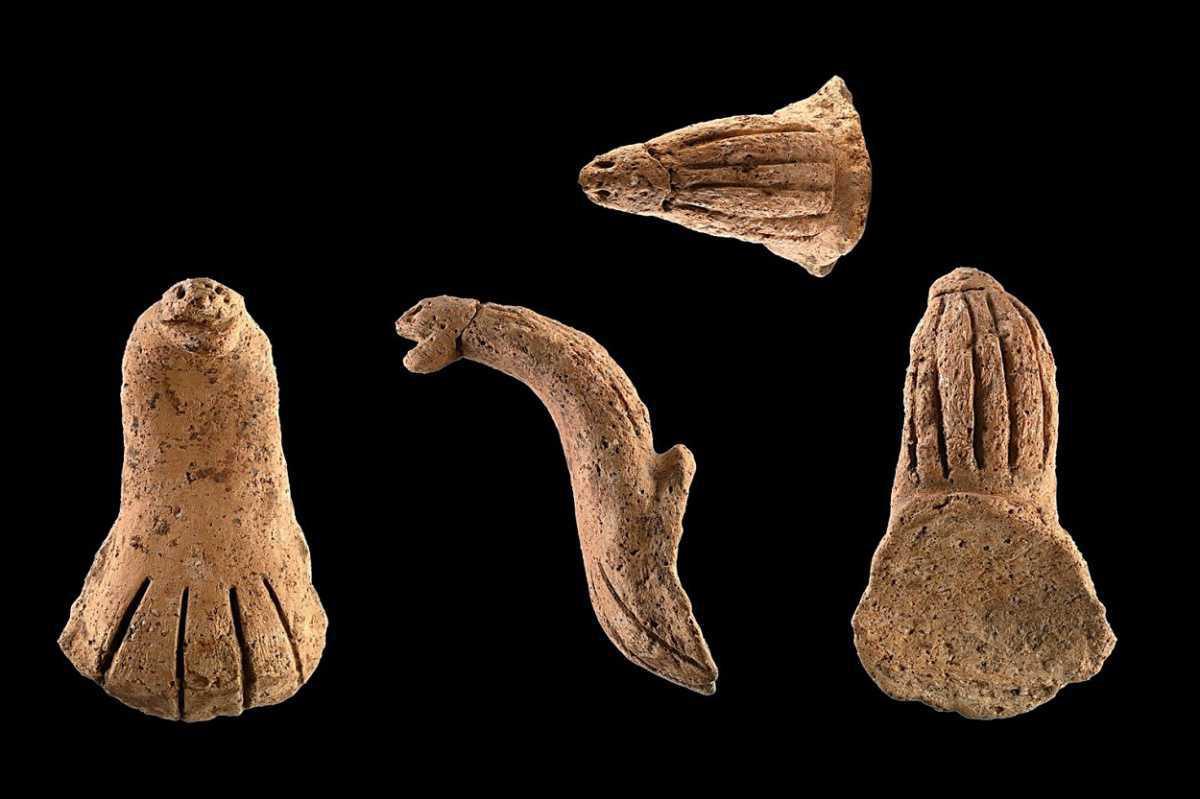A team of archaeologists from National Tsing Hua University in Taiwan have uncovered a 4,000-year-old cobra-shaped ceramic handle in the Guanyin District of Taoyuan City.
The handle is likely a representation of the Taiwan cobra, the only species of cobra from the family Elapidae native to Taiwan. The species is among the most common venomous snakes found in China and Taiwan, leading to numerous incidents of snakebites in humans.
“Snakes are often regarded as symbolic animals in religion, mythology and literature, and are considered to be the bridge between heaven and man,” said Hung-Lin Chiu, associate professor of the Institute of Anthropology at Tsing Hua.
Serpents' depictions stand out as prevalent mythological symbols across various ancient societies. According to numerous prominent anthropologists, the association with serpents resonates deeply within our unconscious due to our primate ancestry, forming a fundamental aspect of our evolutionary heritage.
The handle was found during excavations on the northwest coast of Taiwan, which according to a press announcement by the National Tsing Hua University, dates from around 4,000-years-ago during Taiwan’s Neolithic period.
According to the researchers, the handle may have come from a vessel used by shamans for sacrificial rituals in tribal societies.
“Given their ability to shed their skin, ancient societies in the region associated these animals with the cycle of life and death, and considered them to be symbols of creation and transition,” said Chiu.
Sources: National Tsing Hua University
Header Image Credit : National Tsing Hua University


